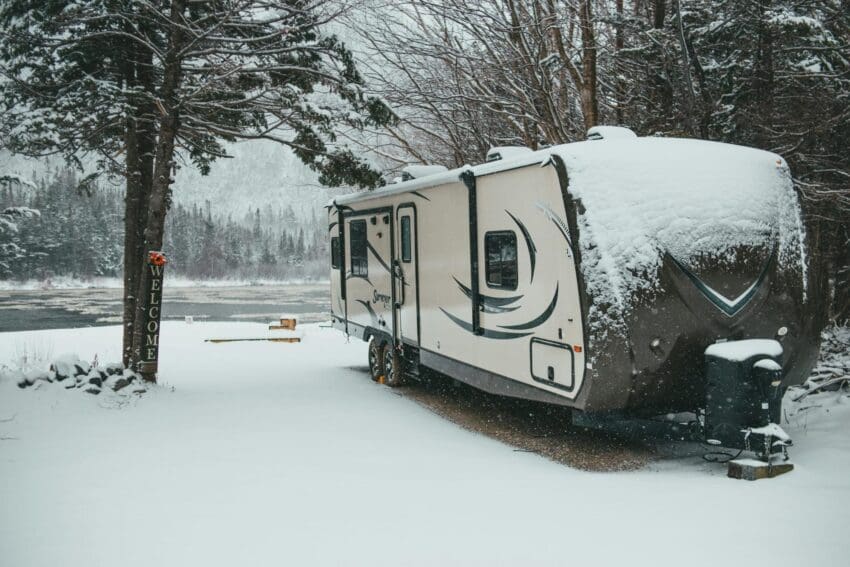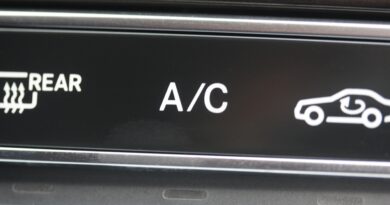
Weatherproofing Electric Camper Vans With Rooftop Solar and Vents
Have you ever dreamed of hitting the open road in an electric camper van, completely self-sufficient and ready for any weather?
Properly weatherproofing your electric camper van with solar panels and ventilation systems is crucial for protecting your investment and ensuring reliable performance during your adventures.
From sealing techniques to mounting solutions, understanding the right approach to weatherproofing can mean the difference between a comfortable journey and costly repairs.
This guide will help you navigate the essential steps to create a weather-resistant setup that powers your dreams of sustainable travel while keeping your valuable electrical components safe and dry.
Enhancing Van Durability through Quality Sealing Methods
Strong sealing protects a camper van’s wiring, insulation, and onboard electronics from water ingress. A premium RV roof sealing tape creates a continuous barrier for rooftop brackets, vents, and cable entries when applied to clean, dry substrates.
Correct preparation and overlap prevent capillary leaks and wind lift, extending the service life of solar mounts, fans, and cable glands.
Benefits of proper sealing techniques:
- Protect electrical components from moisture
- Reduce corrosion on metal fixings and aluminium skins
- Extend the lifespan of rooftop installations
- Preserve ventilation efficiency and solar performance
Apply best practice rather than more product: clean with isopropyl alcohol, use overlaps, round corners, and roll with firm pressure; then inspect after motorway runs and seasonal freeze–thaw cycles. This routine reduces maintenance and preserves electrical reliability.
Maximising Rooftop Solar Efficiency in Diverse Climates
Solar power has become a game-changing solution for electric camper vans, with rooftop installations offering substantial energy independence.
Modern solar technology can generate up to 42% of the technical energy potential in residential settings, making it an excellent choice for off-grid living in your camper van. The efficiency of these systems depends heavily on factors like roof quality and location.
The solar market’s evolution has brought good news for van enthusiasts. A significant price reduction in solar PV systems has made this technology more budget-friendly for many adventurers.
While these developments are promising, it’s essential to consider solar installations carefully. Key factors for your van’s solar setup:
- Assessment of your daily power requirements
- Evaluation of available roof space
- Understanding seasonal sun exposure variations
- Selection of high-quality installation materials
- Verification of installer credentials and reviews
Choosing the proper solar configuration can make all the difference in your van’s performance. Recent market trends have shown that while solar installations have become more accessible, some buyers have faced challenges with unreliable providers.
Researching and selecting experienced installers will help ensure your system delivers optimal performance throughout your travels.
Ventilation Solutions to Combat Condensation
Adequate ventilation keeps an electric camper van dry, protecting electronics and improving comfort. Combining powered and passive systems manages humidity across seasons without excessive energy use.
Key consideration:
- Strategic placement of roof vents to promote natural airflow
- Variable‑speed powered fans for controllable extraction
- Small passive vents near wet zones, such as kitchens and bathrooms
- Moisture‑resistant materials and sealed flanges around vent installations
Balance airflow with insulation: too much flow wastes heat; too little invites condensation. Correctly positioned vents prevent mould, protect the vehicle’s structure, and keep electrical systems dry and reliable.
Insulation Strategies for All-Weather Adventures
Effective insulation controls temperature, limits thermal bridging and condensation, and reduces load on heating and cooling while protecting onboard electrics.
Key material choices and installation detailing:
- Closed‑cell foam for moisture resistance and high R‑value per thickness
- Reflective vapour barrier with an air gap for radiant heat; tape all seams
- Layered approach: combine rigid foam with acoustic/thermal liners; avoid compressing insulation
- Airtight sealing around windows, doors, ribs, and service cut‑outs; pay attention to wheel wells and ceiling corners
- Thermal breaks under metal battens, brackets, and fixings to prevent cold spots
Installation guidance and safety clearances:
- Place a continuous vapour barrier on the warm side
- Maintain safe clearances around inverters, chargers, and cabling to avoid heat build‑up
- Use fire‑rated adhesives and avoid petroleum solvents on sensitive substrates
Well‑detailed insulation keeps interior temperatures stable through the seasons and lowers energy consumption.
Mounting Techniques for Solar and Vent Components
Securing solar panels and vents to your van’s roof requires careful planning and execution. Use high‑quality roof sealing tape to block moisture, and choose mounting brackets and hardware rated for constant vibration and changing weather.
Focus your mounting strategy on:
- Strategic placement of mounting points to distribute weight evenly
- Flexible sealants that allow natural expansion and contraction
- Reinforcement plates to prevent roof damage
- Cable management to protect wiring
Combine solid mounting techniques with proper insulation and sealing to build a durable, weather‑resistant installation. Creating a balanced setup protects components and maximises energy output on long trips.
Waterproof Cable Entries
Weatherproofing an electric camper van requires careful consideration of sealing, ventilation, and solar power integration to create a sustainable living environment.
A well-executed combination of quality materials and proper installation techniques can transform your van into a reliable home on wheels, protecting your investment and peace of mind.
The journey to a weatherproof electric camper van might initially seem daunting, but the rewards of energy independence and worry-free travel make it all worthwhile.





